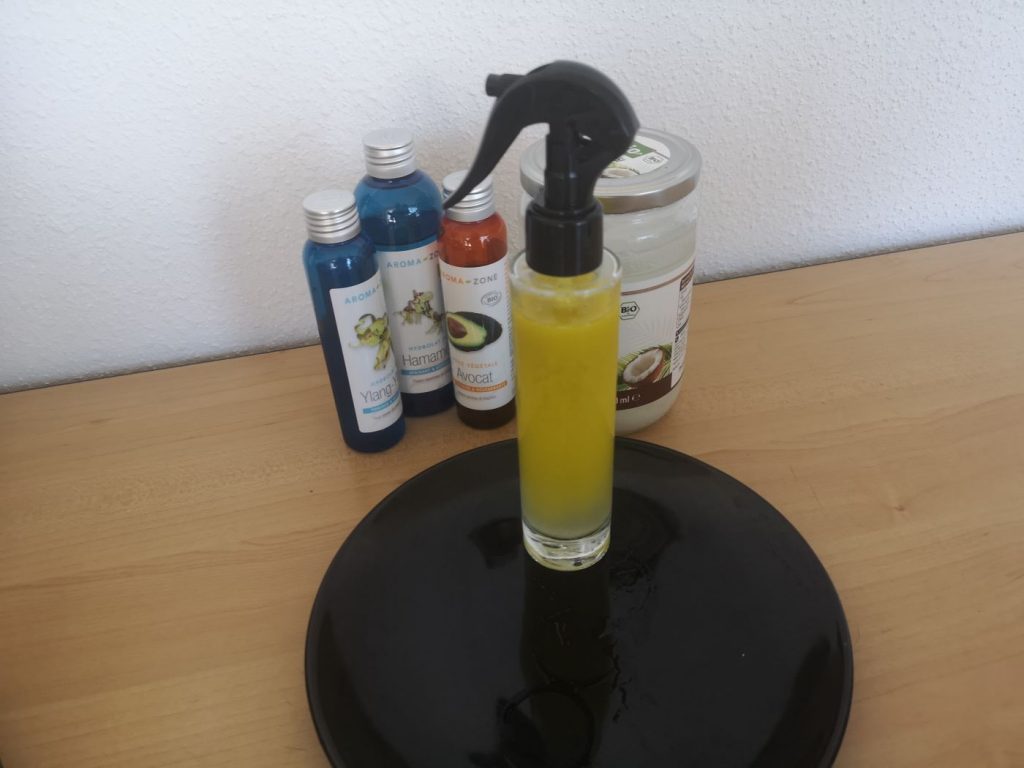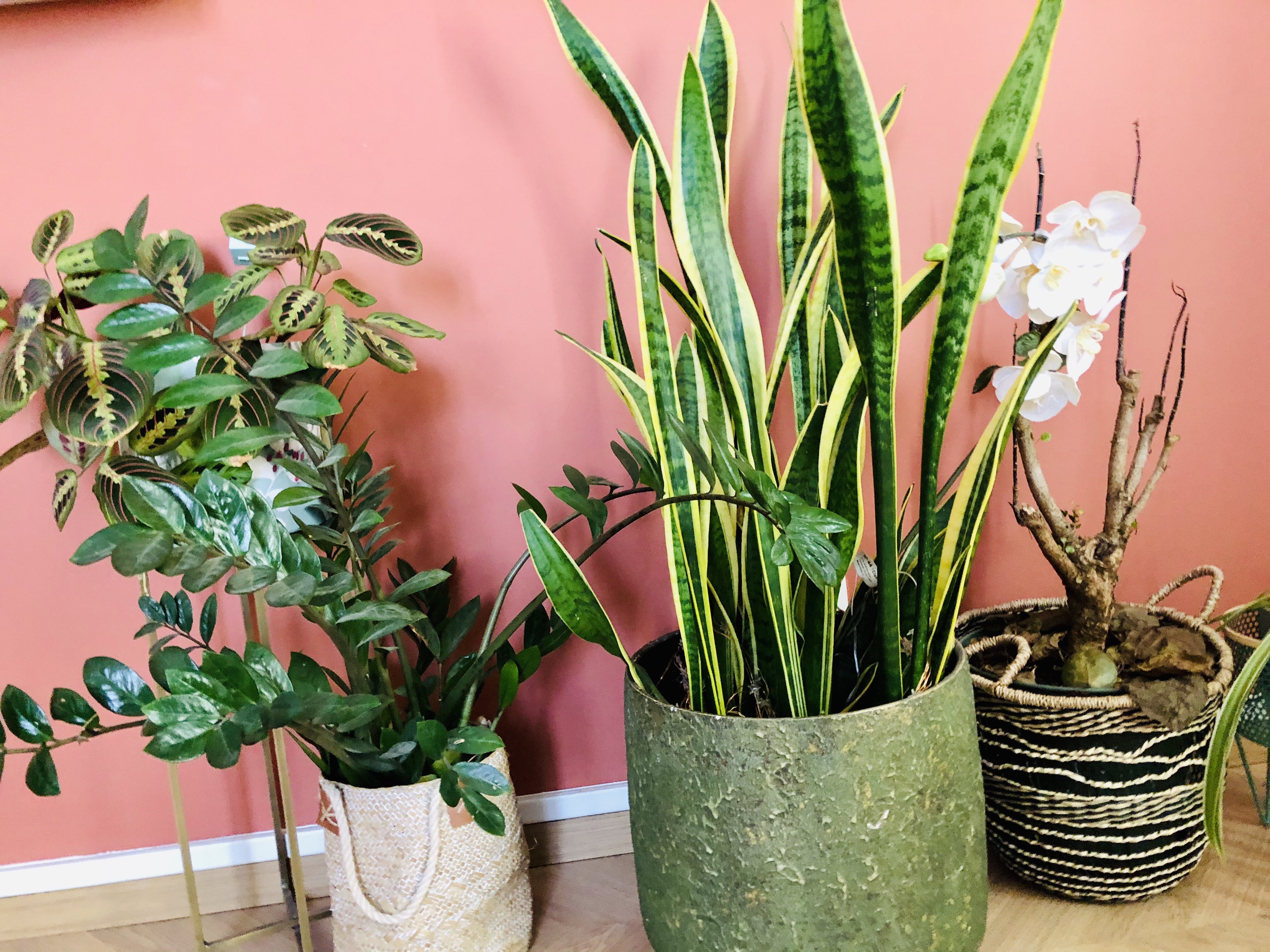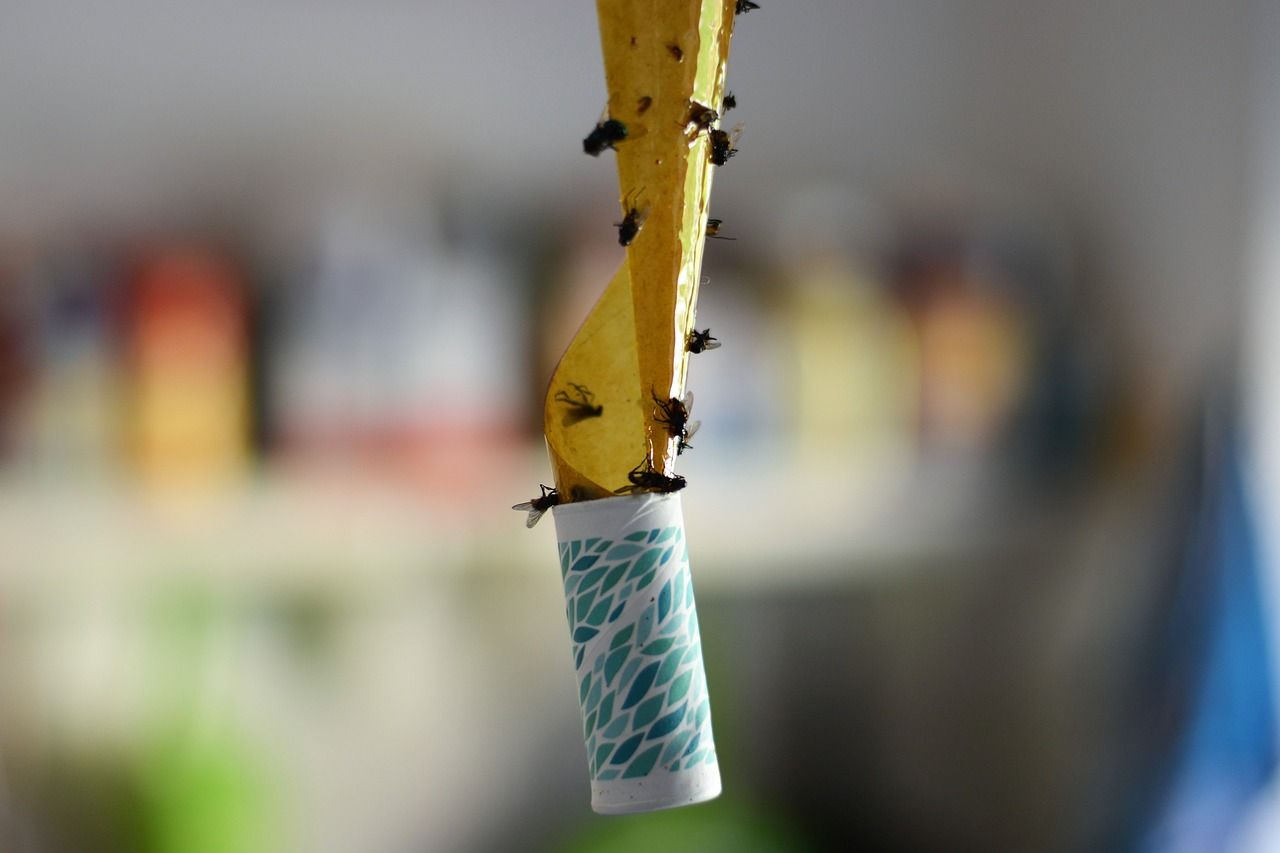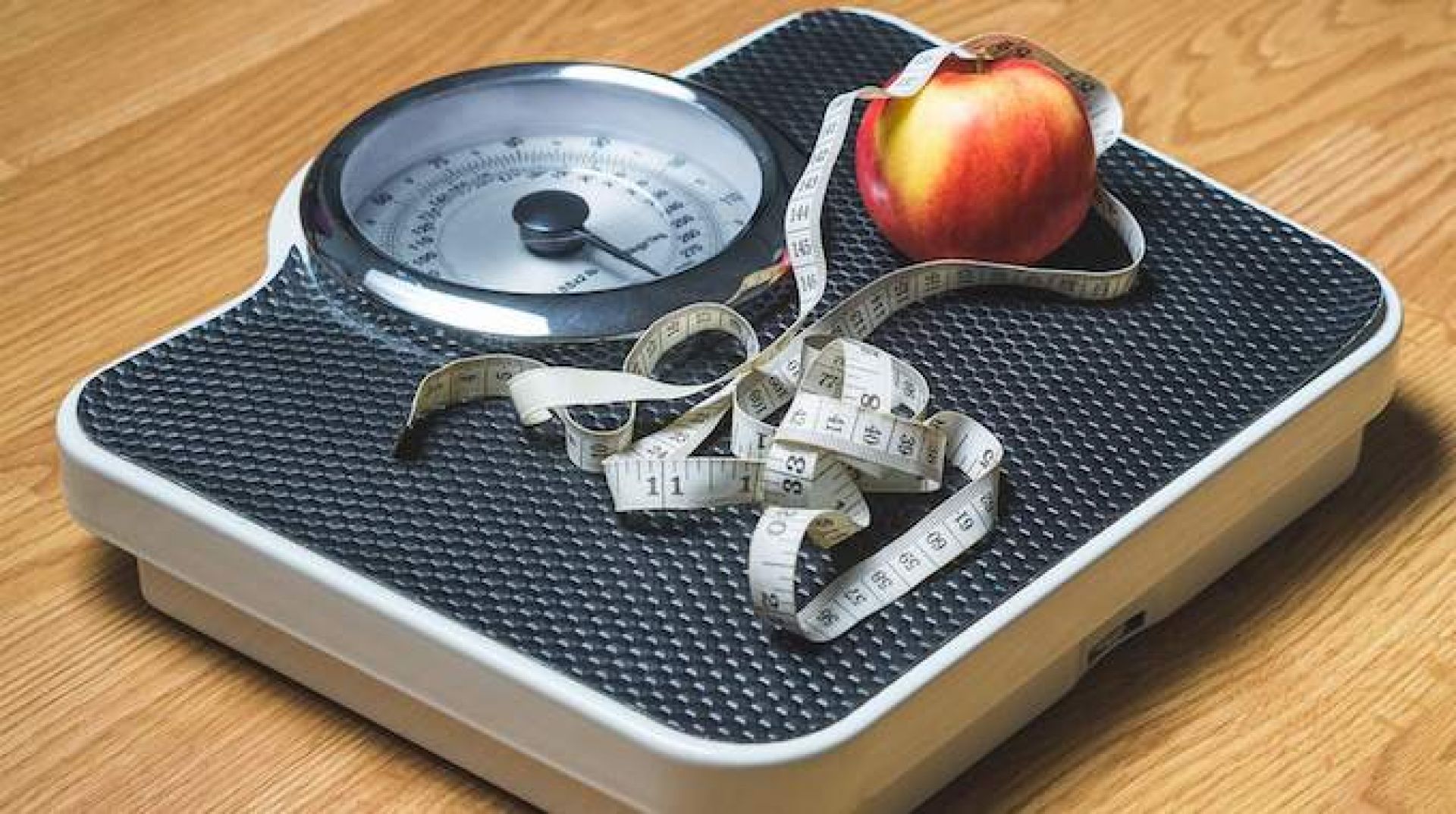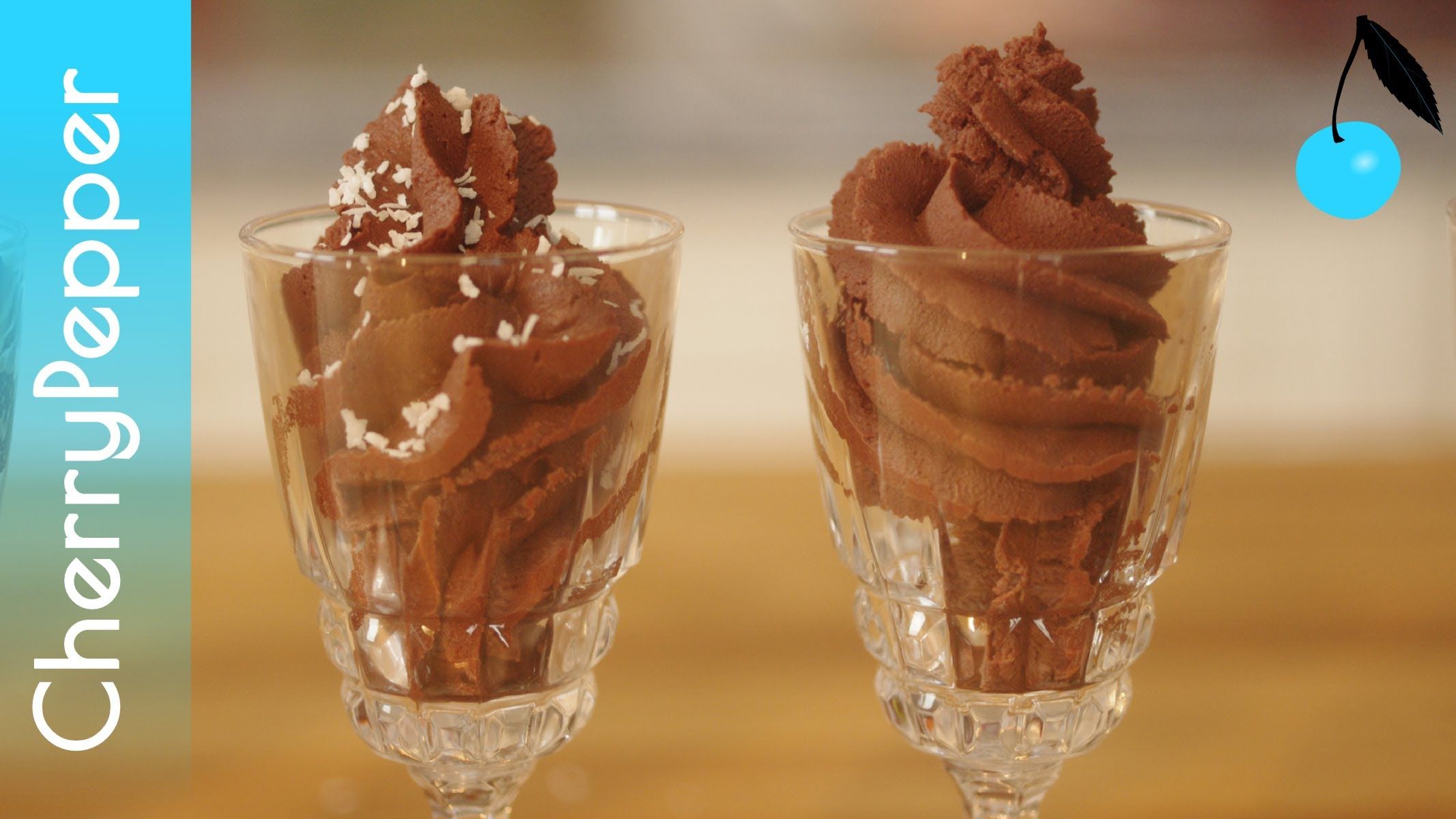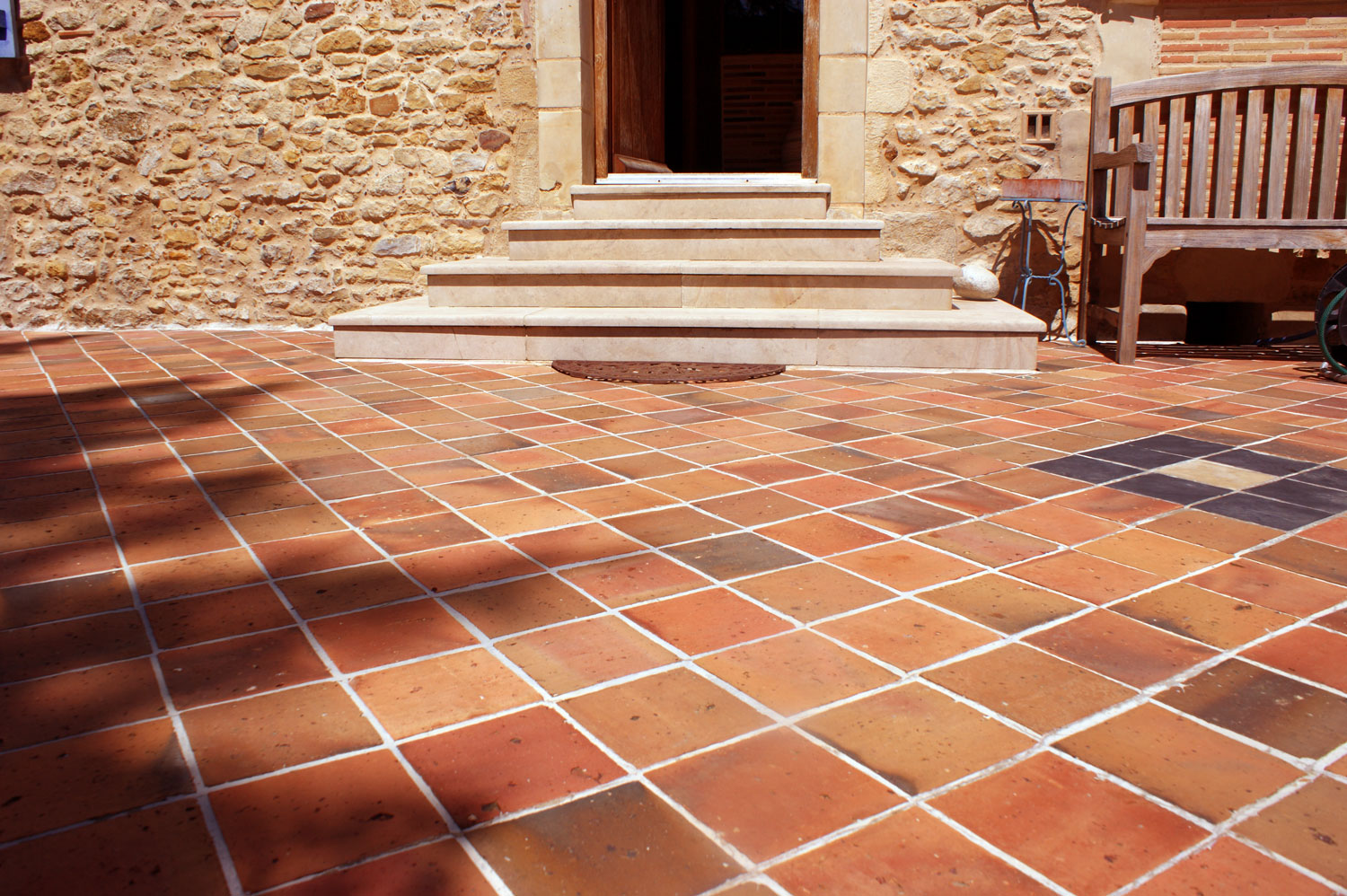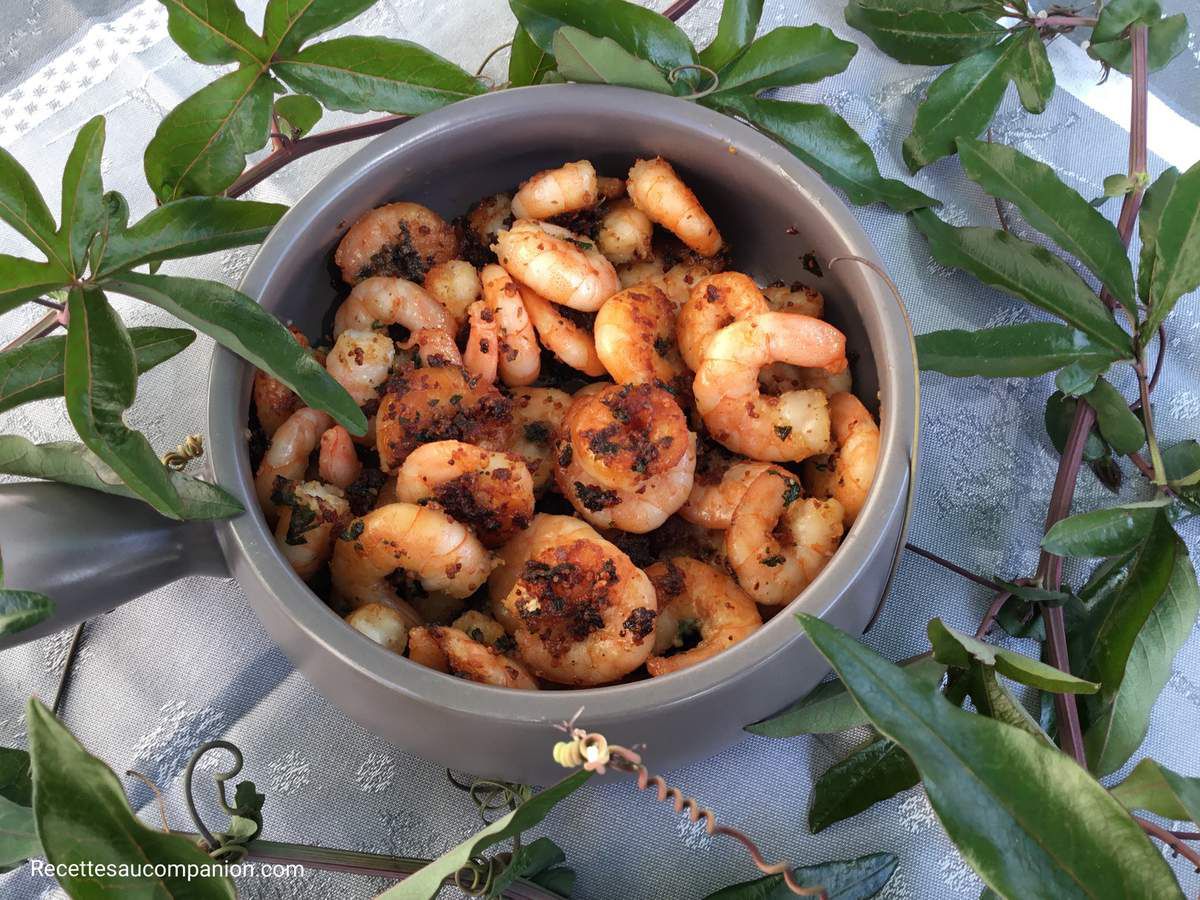The Incredible Wooden Spoon: 11 Tips To Take Care Of It And Use It Well.
Everyone has a wooden spoon in their kitchen.
It is a practical tool, but one that one often tends to mistreat.
Did you know that this utensil could easily serve you for several years?
To extend its life, learn 11 things you need to know about your wooden spoon.
You will also discover 11 surprising uses of this utensil, at the end of the article.

1. When should you use a wooden spoon?
The wooden spoon is the ideal utensil for containers that you don't want to damage: non-stick frying pans, enameled cast iron casseroles, etc.
It's also handy for stirring and stirring sauces, since it doesn't conduct heat.
It's still better than burning your hands on the handle of a metal utensil.
And, of course, you can also use the wooden spoon to mix the ingredients.
2. Is it true that a wooden spoon is a breeding ground for bacteria?
Basically, wood is an antibacterial material.
This means that if a wooden spoon is in good condition, it is no more dangerous for hygiene than a plastic or metal spoon.
On the other hand, when a spoon is split or cracked, food can get in and get stuck in these spaces.
And that is not very hygienic.
3. How to clean a wooden spoon
It’s really not that complicated!
- Wash the spoon by hand with soapy water (you can use your usual washing up liquid).
- Then, rinse it thoroughly and dry it with a cloth or let it air dry.
Find out how to do it here.
4. Can a wooden spoon be put in the dishwasher?
Sure !
But, naturally, any wooden object washed in the dishwasher will wear out faster.
Conclusion, it will be necessary to replace the spoon more often.
So, if you have a wooden spoon that you particularly care about, it is strongly recommended to wash it by hand.
A word of advice: avoid leaving a wooden spoon lying around in dirty water (in the sink, for example). It will wear him out even faster.
The best thing is to clean your spoon right after using it.
5. How to disinfect a wooden spoon
- Wash the spoon with hot water and washing up liquid.
- Then, rinse it and soak it in a mixture of equal parts of water and white vinegar.
- Afterwards, rinse the spoon and dab it with a dry cloth to remove any excess moisture.
- Finally, let the spoon air dry completely.
6. How to oil and treat the wood of a spoon
- Rub the spoon with a generous amount of heated olive oil (a paper towel works fine).
- Then put the spoon in the oven for 2-3 minutes at 175 °.
Optional:
- Add a good pinch of salt to the oil if you are going to use the spoon to prepare savory dishes.
- Add a good pinch of sugar to the oil if the spoon is going to be used for baking.
7. For those who don't want to put their wooden spoon in the oven
Too bad, it works very well :-)
But here's an alternative: replace olive oil with sweet almond oil (you can find it here).
After rubbing the spoon, let it soak in the oil for 24 hours.
To intensify the effect of the oil, you can wrap your spoon with 2 to 3 layers of stretch wrap.
You can also soak the spoon in a salt water solution for a few hours before oiling the spoon.
8. Why oil a wooden spoon?
Oiling a utensil nourishes the wood and clogs its pores - which will increase its lifespan.
Is it necessary? No.
On the other hand, it will prolong the life of the spoon. And that is a small saving on top of that.
9. Eliminate bad smells with a wooden spoon
Here's how to remove bad smells (onions, garlic, etc.) from wooden spoons:
- Prepare a solution of hot water and baking soda (2 tablespoons of baking soda for 50 cl of hot water).
- Dip the wooden spoon in the solution for 15 to 20 minutes.
- Finally, rinse thoroughly with water.
Here is another method to remove bad smells from your wooden spoon:
- Prepare a paste by mixing baking soda with a little water.
- Apply the paste on the spoon, rubbing.
- Leave to rest for 45 min.
- Finally, rinse thoroughly with water.
10. When to throw away a wooden spoon?
When the wood splits, cracks, or splinters, it's time to get rid of the spoon.
Indeed, food can enter these small spaces and get stuck there. This is when bacteria can grow.
11. How do I get rid of stains and rough surfaces on wooden spoons?
It's simple - just sand away any spots and rough spots with sandpaper.
For stubborn stains, soak the spoon in white vinegar for 1 hour before sanding.
And it also works for spatulas, for all wooden utensils and honey spoons.
Other uses of the wooden spoon
We all know that you can use the wooden spoon to stir sauces and mix the ingredients of a recipe.
But the spoon has other surprising uses.
Discover 6 amazing uses for this utensil:
1. To test for frying oil. Dip the tip of your spoon handle in the hot oil. If small bubbles form around the wood, your oil is hot enough to dip the fries in!
2. For sewing. You can use the handle of the spoon to open a small seam. Place the handle behind the seam and apply pressure with your iron to crush it.
3. For the garden. Mark the desired depth on your spoon handle. Then use the handle as a guide when planting seeds (push the handle into the potting soil to the desired depth).
4. To make the bed. Use your wooden spoon in your bedroom to wedge the sheets under the mattress.
5. For pasta lovers. If you leave a wooden spoon in the cooking water for your pasta, it won't stick.
6. For the kitchen. Place a wooden spoon on the edges of your saucepan: the boiling water will no longer overflow. Check out the trick here.
Do you like this trick ? Share it with your friends on Facebook.
Also to discover:
Here's How To Prevent Boiling Water From Overflowing From The Pot.
No Spoon To Eat Your Compote? Discover an Ingenious Trick.

